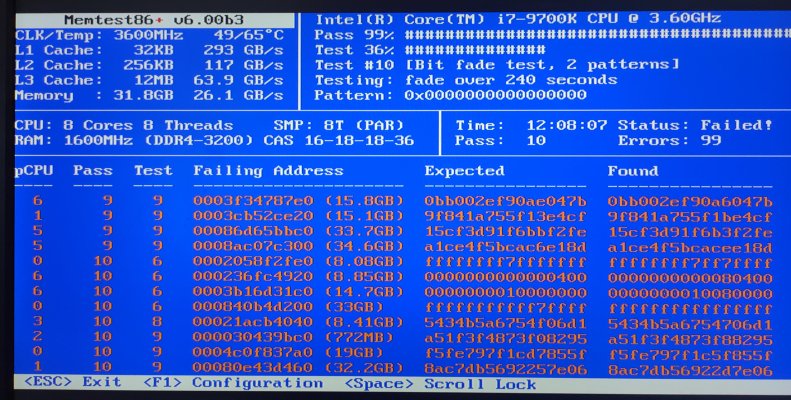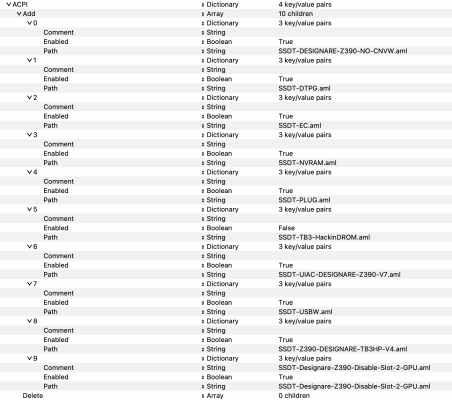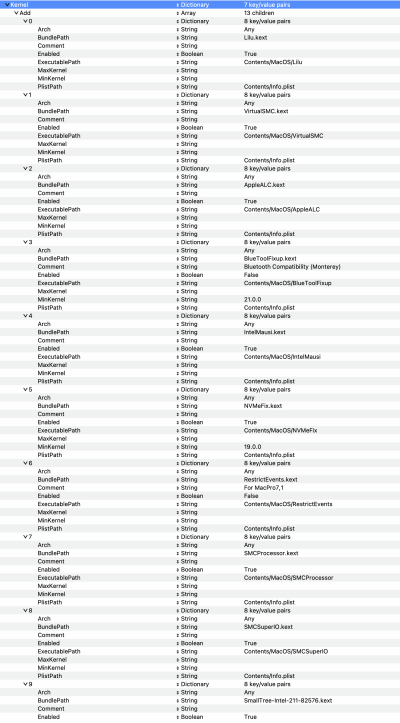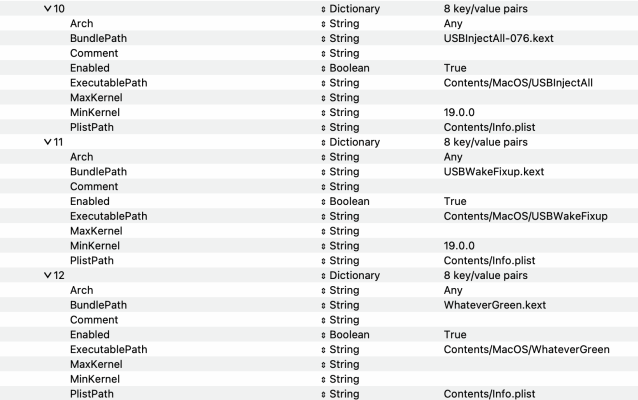- Joined
- Mar 7, 2019
- Messages
- 48
- Motherboard
- Gigabyte Designare Z390
- CPU
- i7-9700K
- Graphics
- RX 6900 XT
- Mac
- Mobile Phone
Thanks Casey,Some questions:
- What is the model number of the Dell monitor?
- Is the video signal perfectly stable when using HDMI or DisplayPort directly from the GPU?
- When you say "connected on TB3", how is the monitor connected?
- Via Thunderbolt3 cable from TB3 port on rear IO panel to a TB3 port on the monitor?
- Via TB3 cable from TB3 port on rear IO panel to a USB-C port on the monitor (no "lightning" logo next to the port)?
- Via USB-C to DisplayPort cable (USB-C connected to TB3 port on rear IO panel and DisplayPort connected to monitor)?
- Via USB-C to HDMI cable (USB-C connected to TB3 port on rear IO panel and HDMI connected to monitor)?
- Are you connecting one of the AMD GPU outputs to DisplayPort-IN on the rear IO panel?
* Dell U4021QW
Yes - Stable connected with DisplayPort
Path is,
DP cable from video card to motherboard DP In port
From TB (motherboards) rear IO (using a TB4 rated cable) into the TB3 monitor port.
I hope that answer your question...





